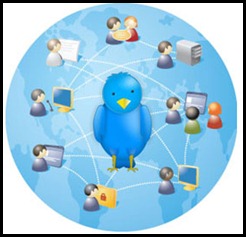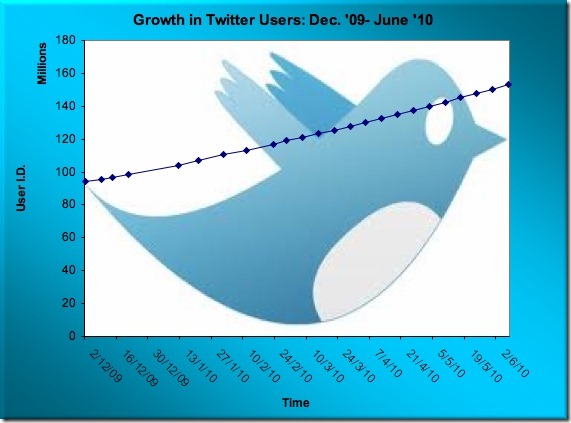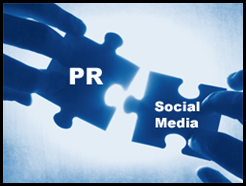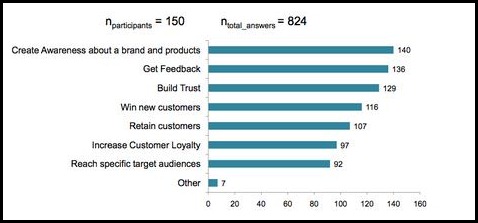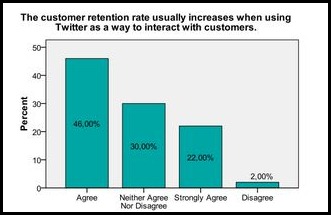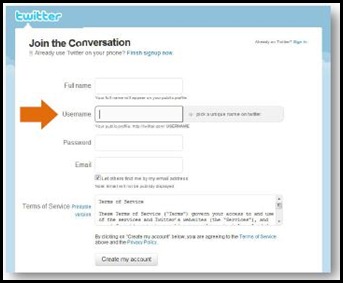Our last post, The Business of Tweeting, was an attempt at understanding what goes in creating a Twitter handle that is optimized for business communication. In this two-part post we will discuss what business requirements can be addressed through the use of Twitter account.
Twitter Network
The rise and rise of Twitter
Since its launch in 2006, the micro-blogging website has grown to become one of the most important online marketing and communications tools – which many people would say is second only to Facebook. It now hosts more than 1 billion tweets a week and is estimated to be worth around $10bn.
(Source: http://newtechpost.com/2010/08/03/twitter-grows-up-the-start-of-a-new-more-mature-era)
The growth has not been in just personal usage. From November 2008, when Barack Obama thanked supporters via Twitter after winning the US presidential election, to March 2011, when news of Tsunami striking Japan was being relayed via the micro blogging network, the growth has simply been phenomenal and diverse.
The untapped business tool
It’s true that Twitter is what a user makes of it. Some people publicize their daily activities, some make it about link love, some share quotes all day long. Smart people using Twitter for business mix it up. It must be noted, that while any business tool always aims at instigating a consumer to buy a product, social media tools such as Twitter are meant to build relationships with consumer. Hence harnessing the power of 140 characters becomes essential for Twitter Marketing.
Approaching Twitter Marketing
Twitter is a tool that can be utilized for sharing information about a brand, a person and at some level the offers that may be available through these brands. The three broad and distinctive areas where twitter marketing can be used are
-
Sharing information
-
Gather market intelligence and insights; and
-
Build relationships with people who care about the brand
As one would agree, a free tool which reaches out to 150 million users worldwide and roughly 5 million twitter users in India, that’s a lot of consumers waiting to be engaged without much expenditure.
Click here to read the details of conducting Twitter Marketing.

